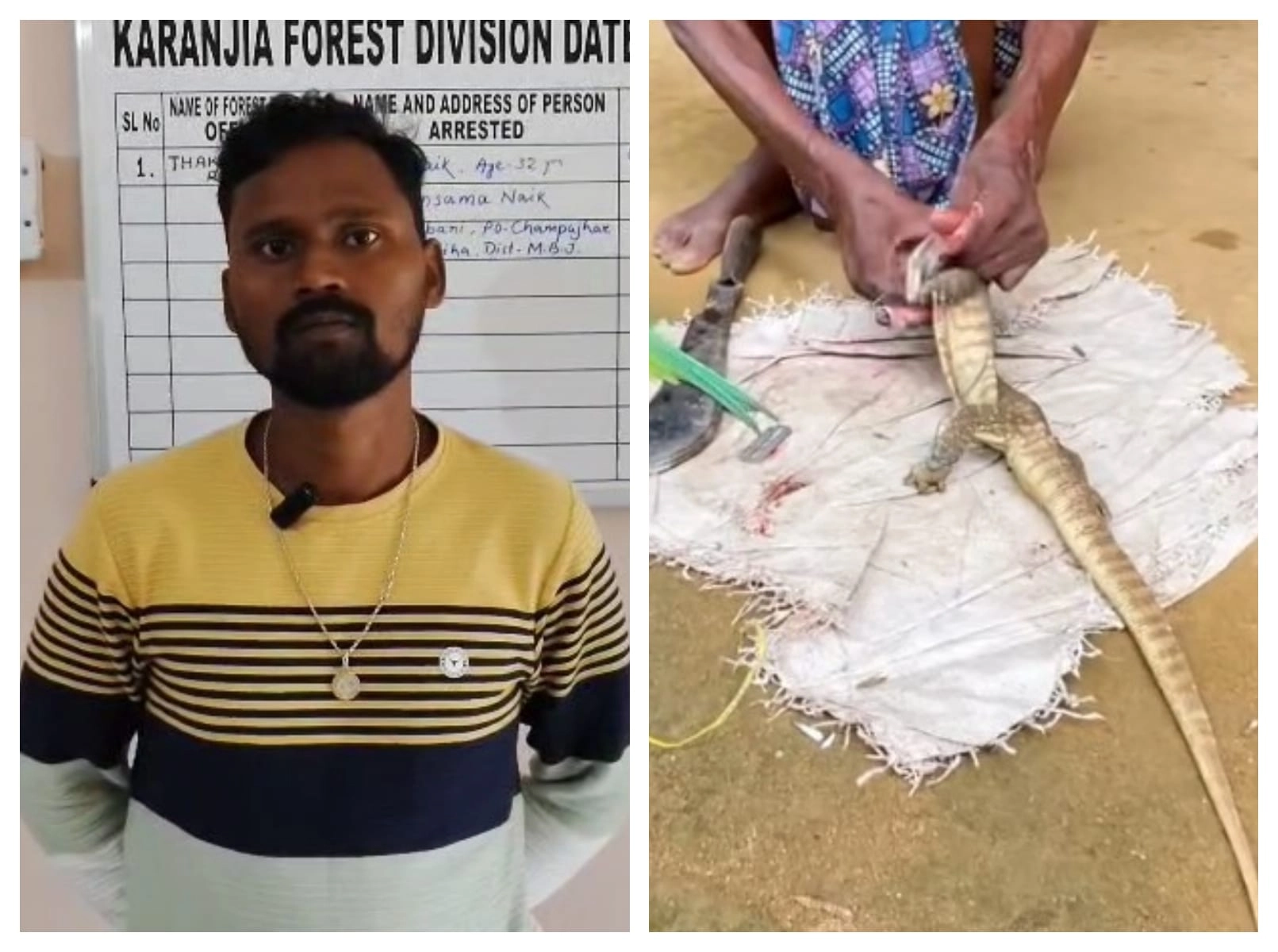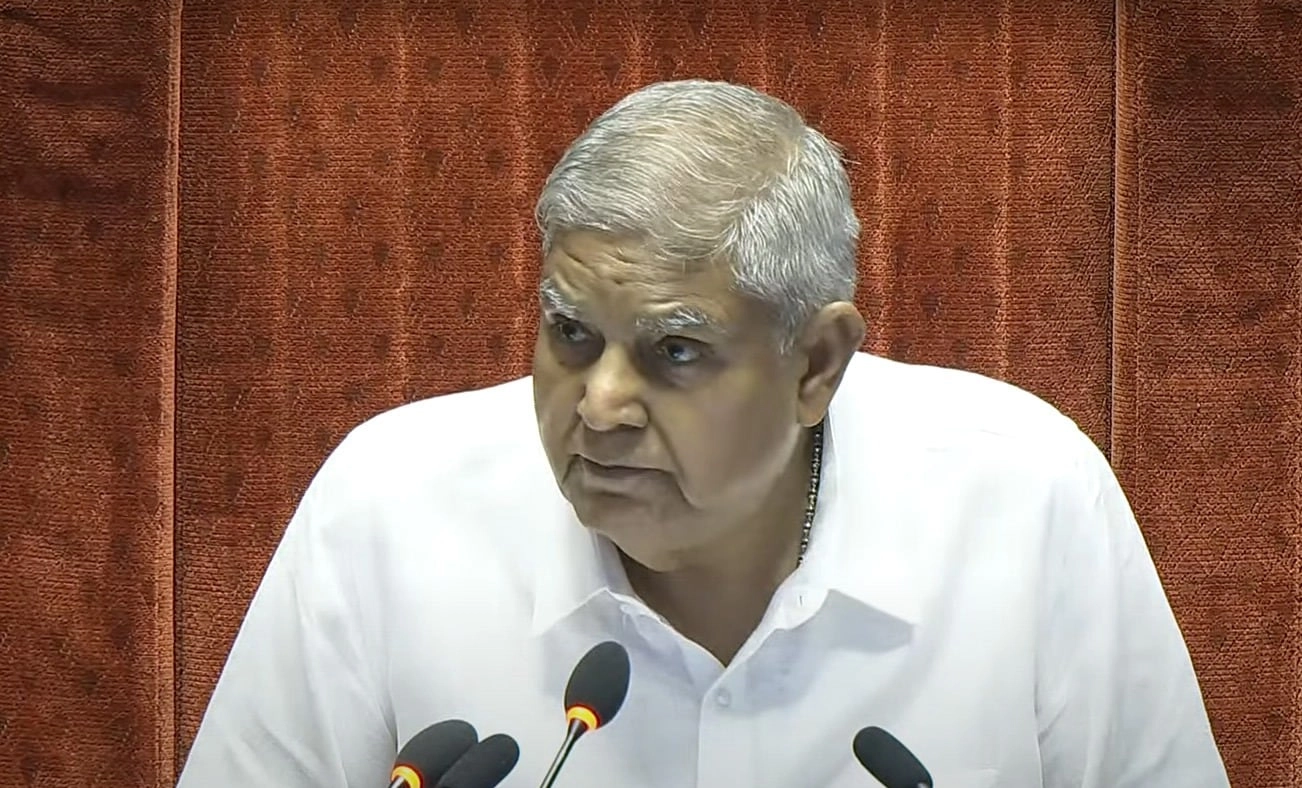In a concerning incident that highlights the ongoing conflict between wildlife preservation and human activities, an individual from Odisha recently posted a video online of himself cooking a rare lizard. This act not only raised eyebrows among animal rights activists and the general public but also attracted the attention of forest officials. The video showcased the man preparing the lizard for consumption, which is a protected species under Indian wildlife laws. Such actions pose a significant threat to biodiversity and the ecological balance of the region, where various species are already endangered due to habitat destruction and illegal hunting.
The backlash against the man’s actions was swift, with wildlife enthusiasts and conservationists condemning the act as both irresponsible and illegal. They argued that the cooking and consumption of rare species not only exemplifies a lack of respect for wildlife but also endangers the survival of these creatures. In response to the uproar, forest officials took immediate action by launching an investigation into the incident. They aimed to identify the individual in the video and ensure that appropriate legal measures were taken against him for violating wildlife protection laws. This kind of enforcement is crucial in deterring similar acts that threaten vulnerable species.
This incident serves as a stark reminder of the ongoing challenges faced by wildlife conservation efforts in India and around the world. Despite the existence of stringent laws aimed at protecting endangered species, instances of poaching, illegal hunting, and the consumption of rare animals continue to occur. The involvement of social media in such cases adds a new dimension to the conversation, as it can sometimes inadvertently glamorize or trivialize the consumption of wildlife. Raising awareness about the importance of preserving biodiversity and respecting wildlife habitats is essential in combating these issues.
In conclusion, the actions of the Odisha man not only reflect a troubling disregard for wildlife conservation but also highlight the need for greater public education on the importance of protecting endangered species. As forest officials continue their investigation, it is imperative that society collectively reflects on its relationship with nature and takes proactive steps to safeguard the rich biodiversity that is vital for ecological health. Only through concerted efforts can we hope to ensure a sustainable future for both wildlife and human coexistence.




